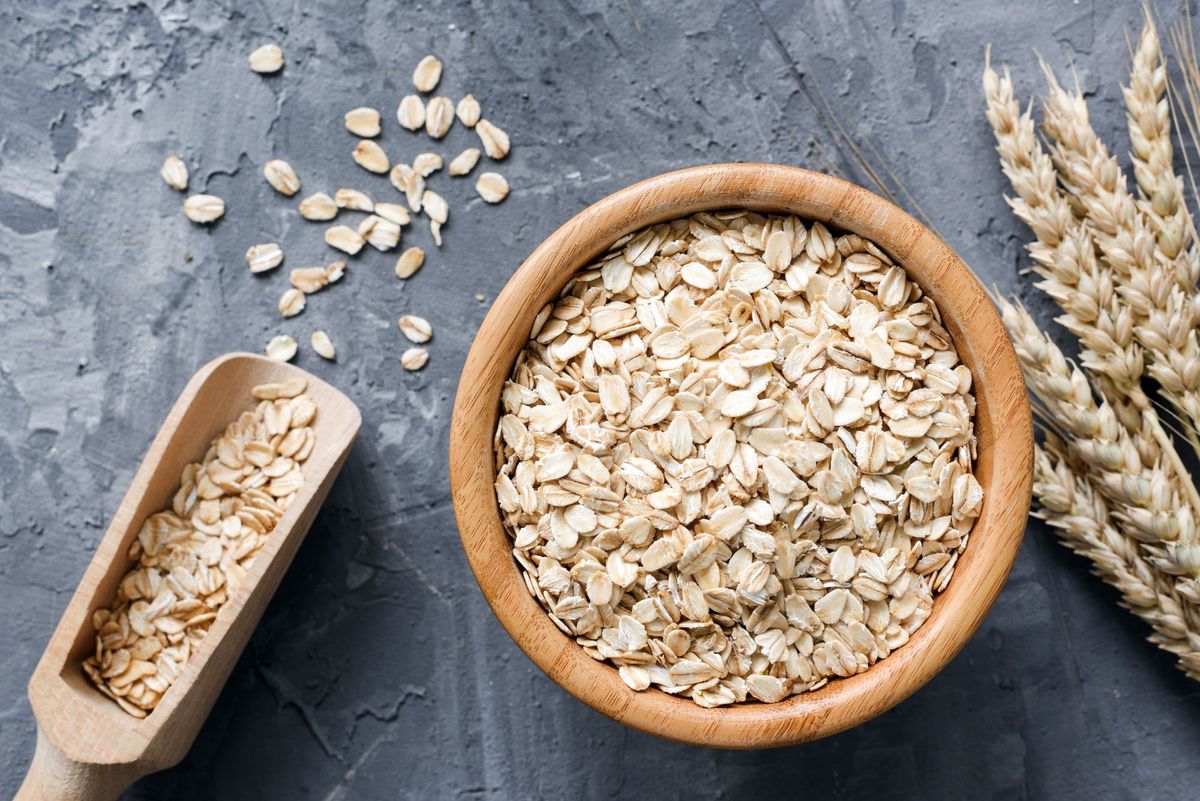In our fast-paced lives, finding ways to stay satisfied throughout the day is essential for many of us. Whether you're short on time, prefer not to work on an empty stomach, or want to avoid excessive indulgence, there are various approaches you can take. One such approach involves increasing your water intake, reducing your consumption of white carbohydrates, and being mindful of the foods you choose to include in your diet. According to Steph Magill, MS, RD, CD, FAND, the owner of Soccer Mom Nutrition, certain foods possess unique qualities that influence appetite and digestion, helping you feel fuller for longer.
One key factor to consider is protein. Magill emphasizes that protein is the most satiating macronutrient, surpassing carbohydrates and fats in its ability to curb hunger and enhance feelings of fullness. She points out that protein also takes longer to digest and has a significant impact on the hormones responsible for regulating your appetite.
Additionally, foods high in fiber offer substantial benefits in terms of satiety. Magill explains, "Fiber, a type of carbohydrate that your body doesn't fully digest, can increase the volume of your food and slow down the emptying of your stomach, extending the feeling of fullness. Moreover, fiber helps stabilize blood sugar levels, preventing the spikes and crashes that can trigger hunger."
Furthermore, some foods have a high water or air content, increasing their volume without adding excessive calories. Magill suggests focusing on foods that are "high in volume" yet "low in energy density." She explains that these foods can fill your stomach, stretching its walls, and sending signals to your brain that you're satisfied. Energy density, Magill clarifies, refers to the number of calories per gram of food. Foods with low energy density provide fewer calories for their weight, allowing you to enjoy larger portions without consuming excessive calories.
With these principles in mind, let's explore a selection of foods that meet these criteria, keeping you feeling satisfied for longer. Continue reading to discover these satiating options."
1) Oatmeal:
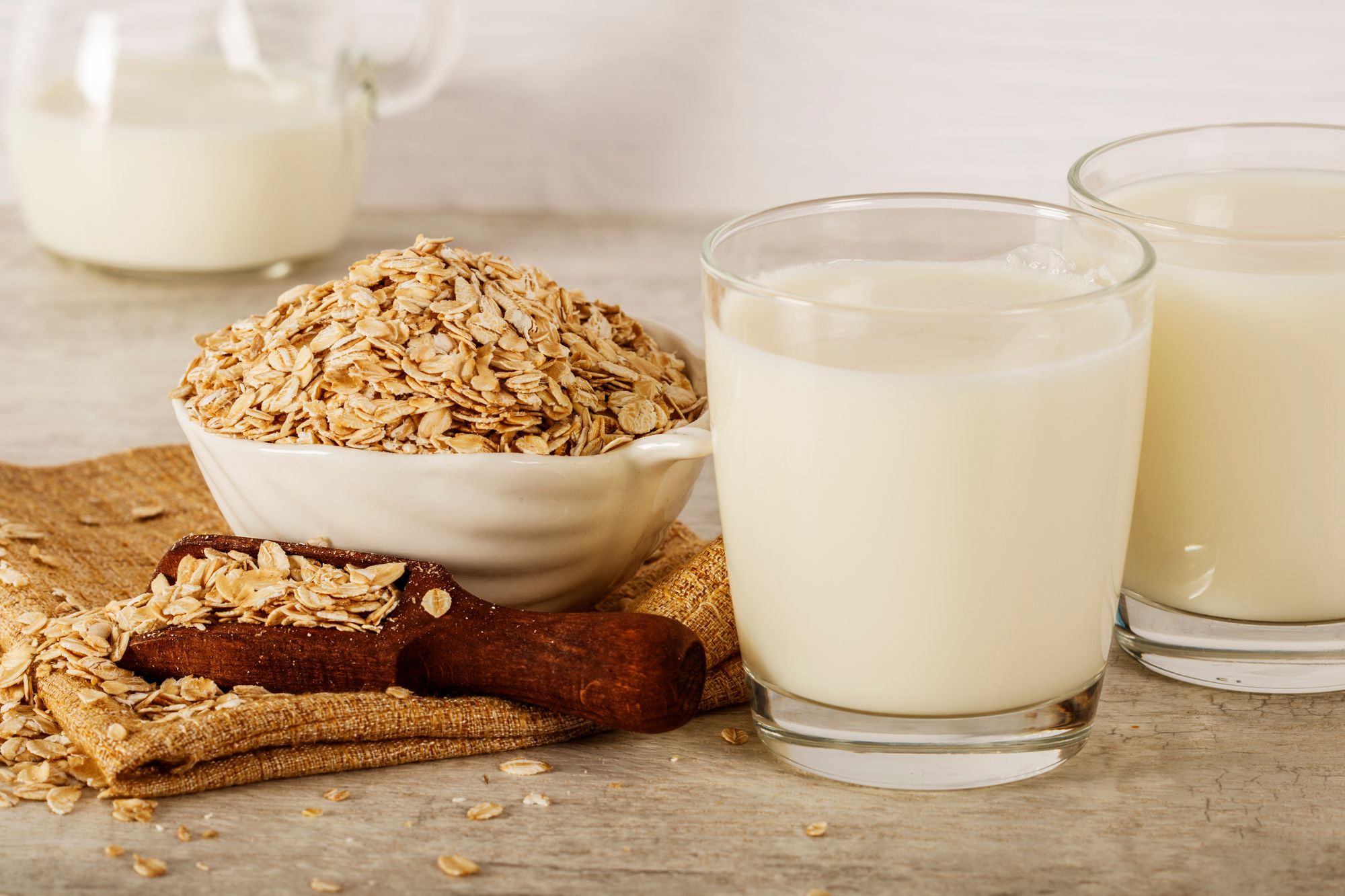
Oatmeal is a whole grain that's not only hearty but also brimming with fiber, particularly beta-glucan. To put this in perspective, the average adult should aim for about 14 grams of fiber for every 1,000 calories consumed, as suggested by the U.S. Department of Agriculture (USDA). In the case of raw oats, they provide an impressive 10.1 grams of fiber per 1,000 grams, making them an excellent choice for enhancing satiety. What makes fiber so essential in oatmeal? It significantly slows down the digestion and absorption of carbohydrates, leading to stabilized blood sugar levels. This, in turn, helps to prevent those annoying spikes and crashes in blood sugar that can trigger hunger.
2) Fish:
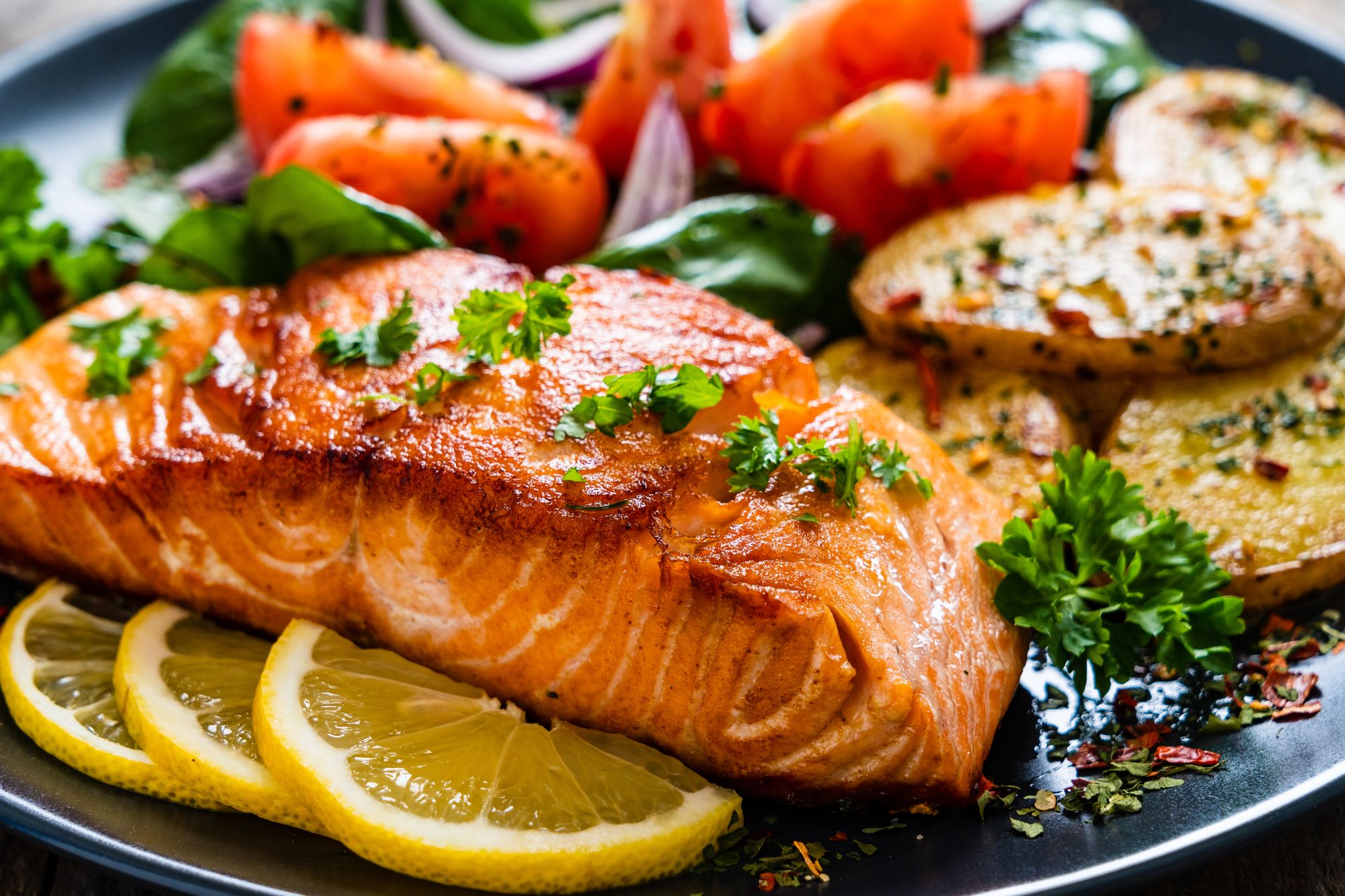
Fish, a lean source of protein, boasts the added benefit of omega-3 fatty acids, known for their positive impact on heart and brain health. Protein and omega-3s collaborate to deliver a powerful satiety punch, keeping you content after your meal. For a protein boost, consider canned tuna, which offers a generous 19 grams of protein per 100 grams, according to the USDA. Alternatively, farmed rainbow trout and Atlantic salmon also provide impressive protein content, with 19.9 and 20.4 grams per 100 grams, respectively.
3) Nuts:
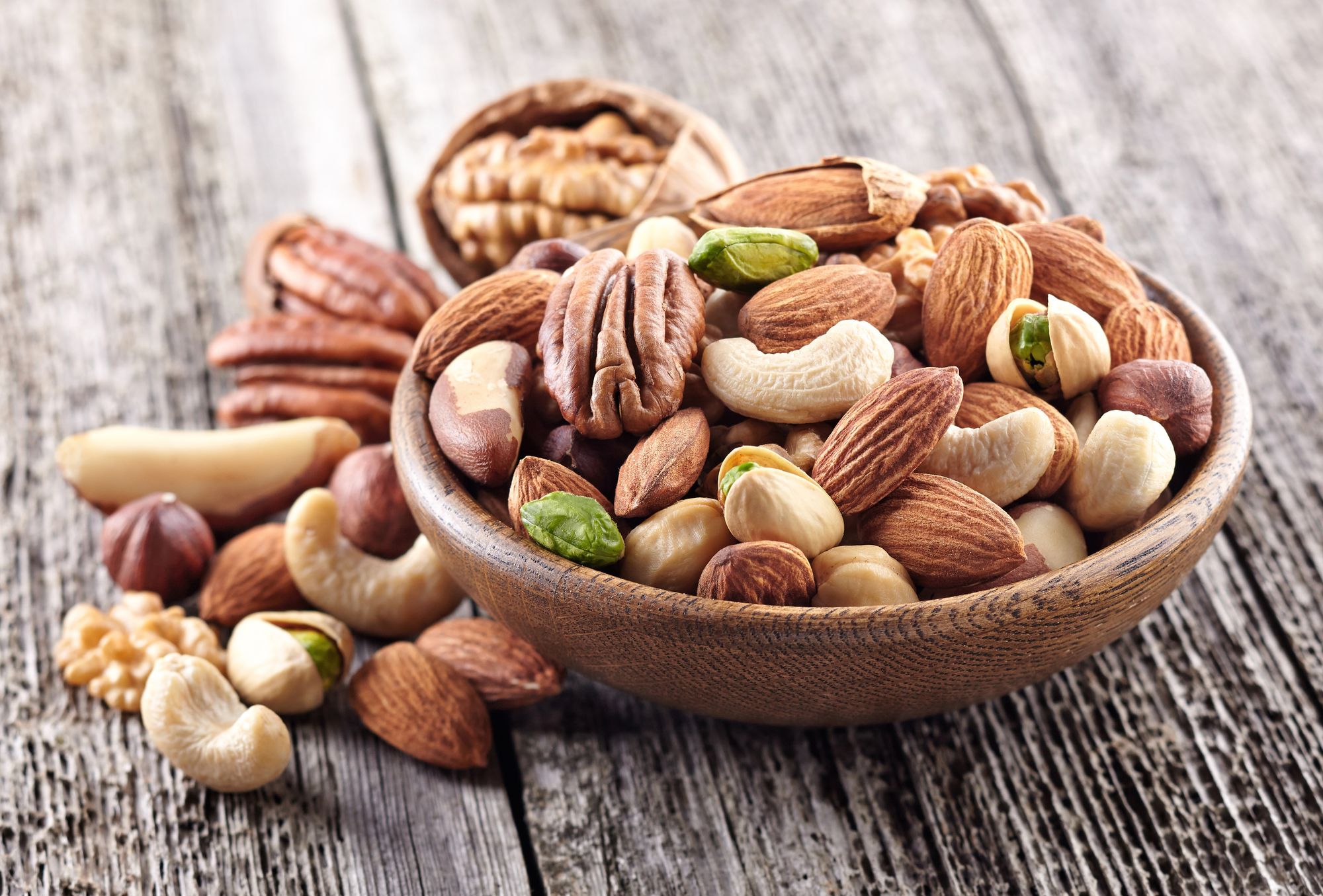
Nuts are a delightful combination of healthy fats, protein, and fiber, making them a triple-threat in the world of satiety. These nutrient-rich powerhouses offer not only a sense of fullness but also a sustained energy release. What's more, they come with a bonus package of antioxidants and minerals that support overall health. If you're seeking a specific recommendation, pistachios take the spotlight. Loaded with plant-based protein, fiber, and healthy fats, they're an ideal choice to keep you feeling fuller longer.
4) Beans:
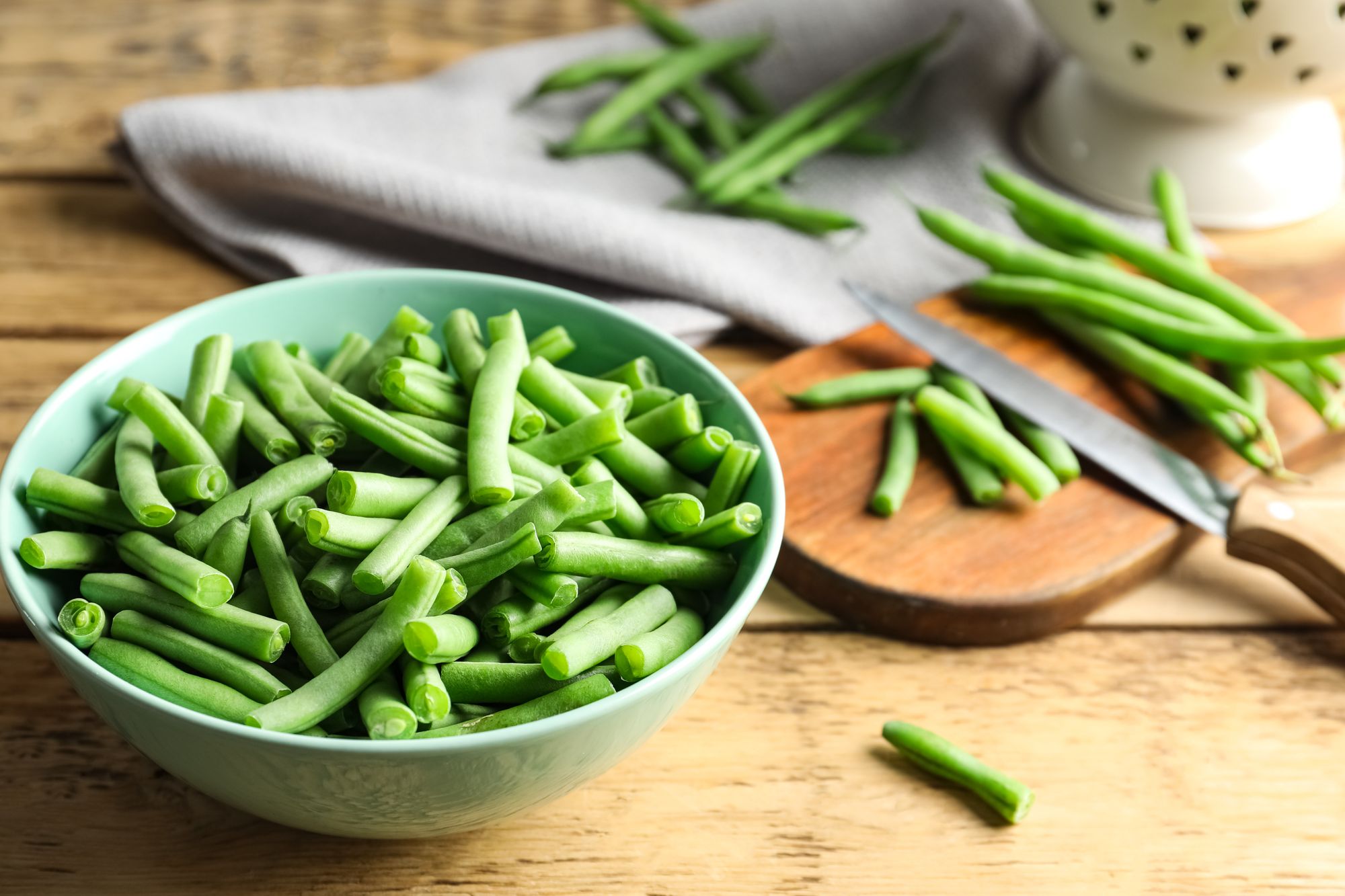
Beans come in various forms, from green beans to kidney beans and black beans, offering an array of flavors for your culinary delights. But what sets them apart is their impressive combination of both protein and fiber. These legumes also contain complex carbohydrates that the body digests slowly, resulting in prolonged satiety. With around 400 different types of beans to choose from, according to the Ontario Bean Growers, you have plenty of options to explore while maintaining that satisfying feeling.
5) Avocados:
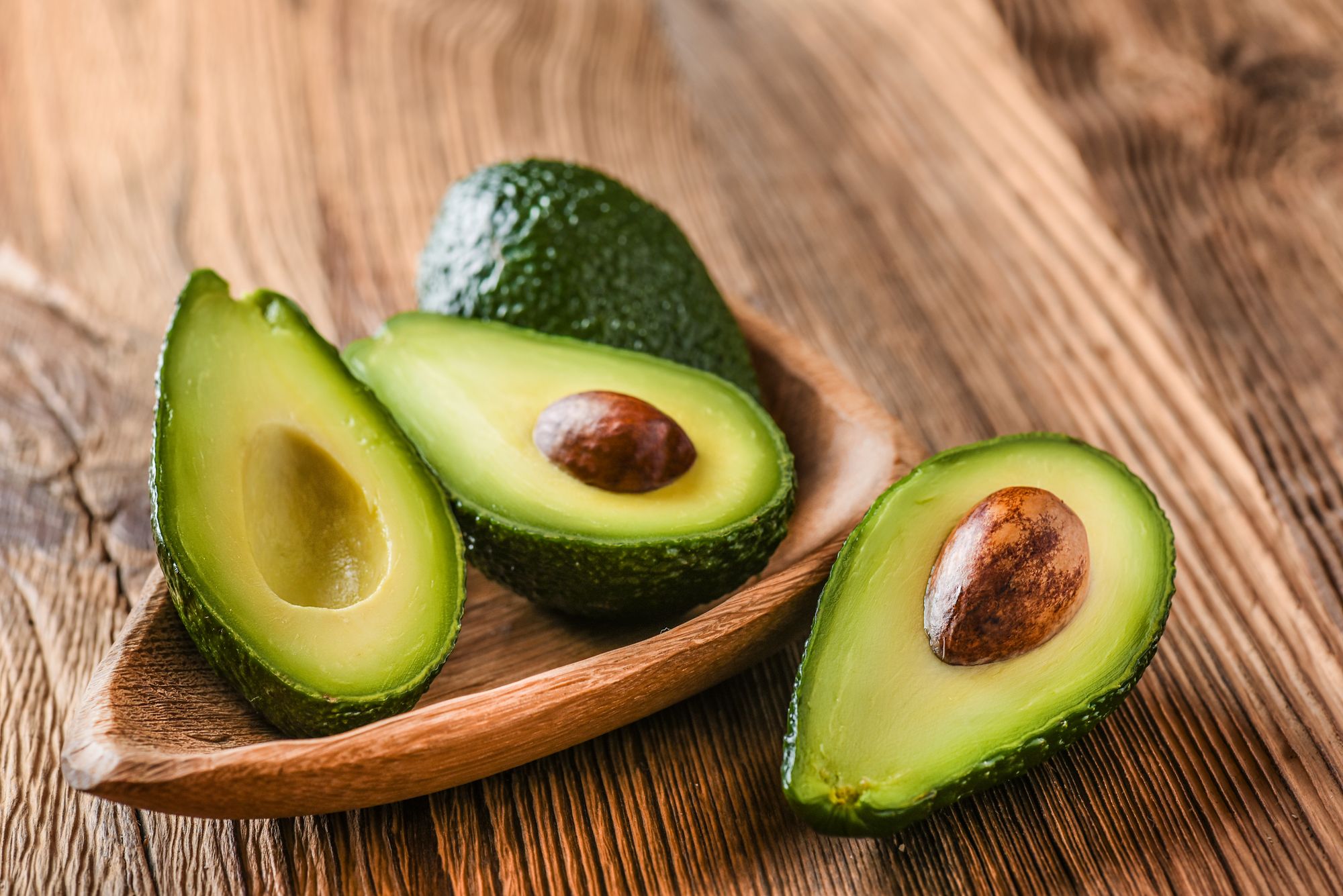
Avocado lovers have another reason to indulge in this creamy fruit—it's a superstar when it comes to keeping you feeling full. Avocados provide a unique blend of fiber and healthy fats, with an astounding 79% of their weight comprising fiber and water. What's more, they stand out as one of the few fruits rich in unsaturated fats, offering approximately 6 grams of unsaturated fats per serving. While ongoing research is required, emerging evidence suggests that avocados may have a positive impact on body weight management.
6) Flaxseeds:
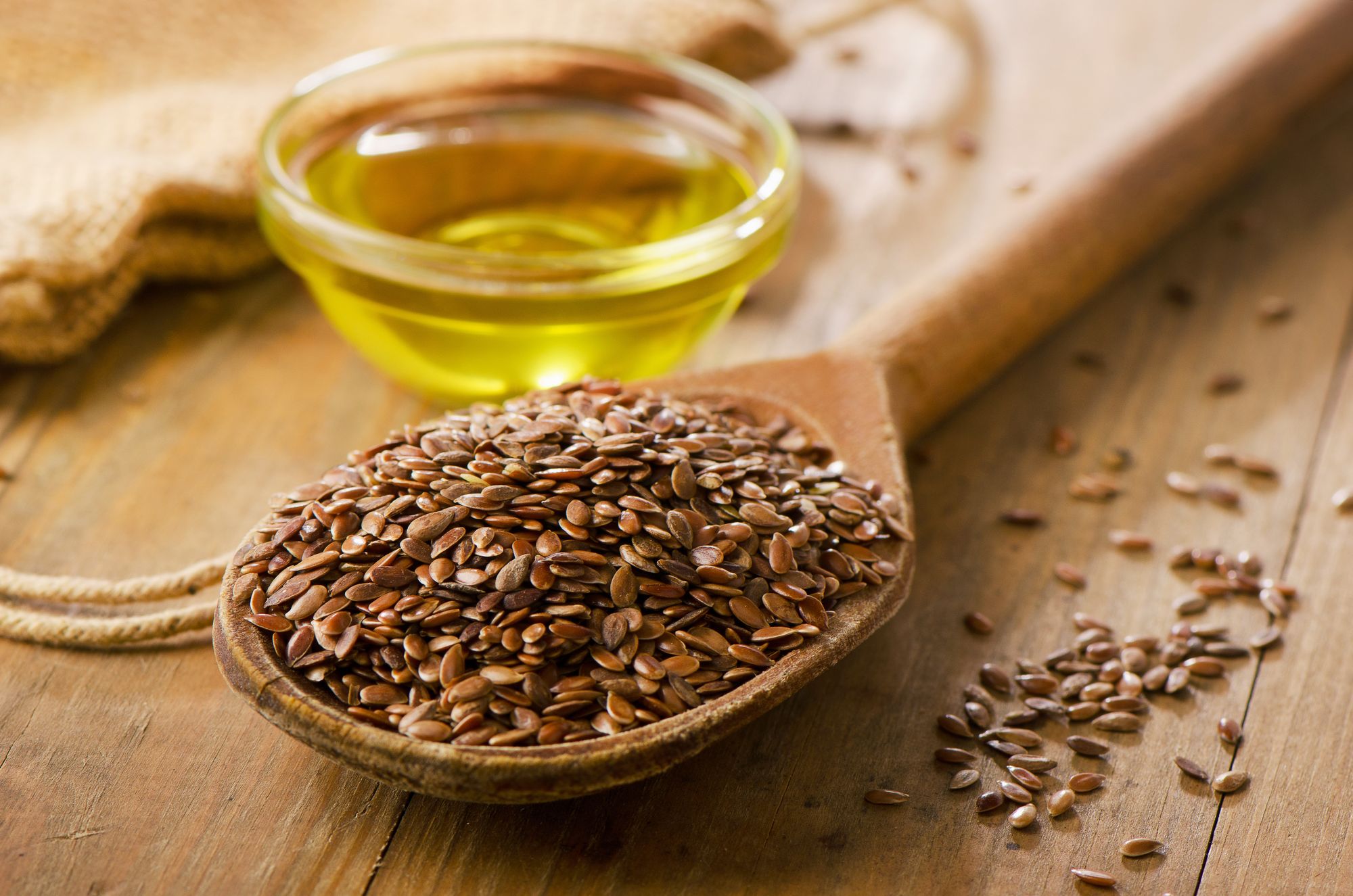
Flaxseeds are a tiny but mighty addition to your diet, offering 2 grams of fiber and 2 grams of healthy fats in just one tablespoon. These nutritional powerhouses can be easily incorporated into various dishes. Sprinkle them over your morning avocado toast, blend them into your daily smoothie, or generously sprinkle them atop a steaming bowl of oatmeal. Their versatility and satiety-boosting qualities make them a valuable addition to your pantry.
7) Chia Seeds:
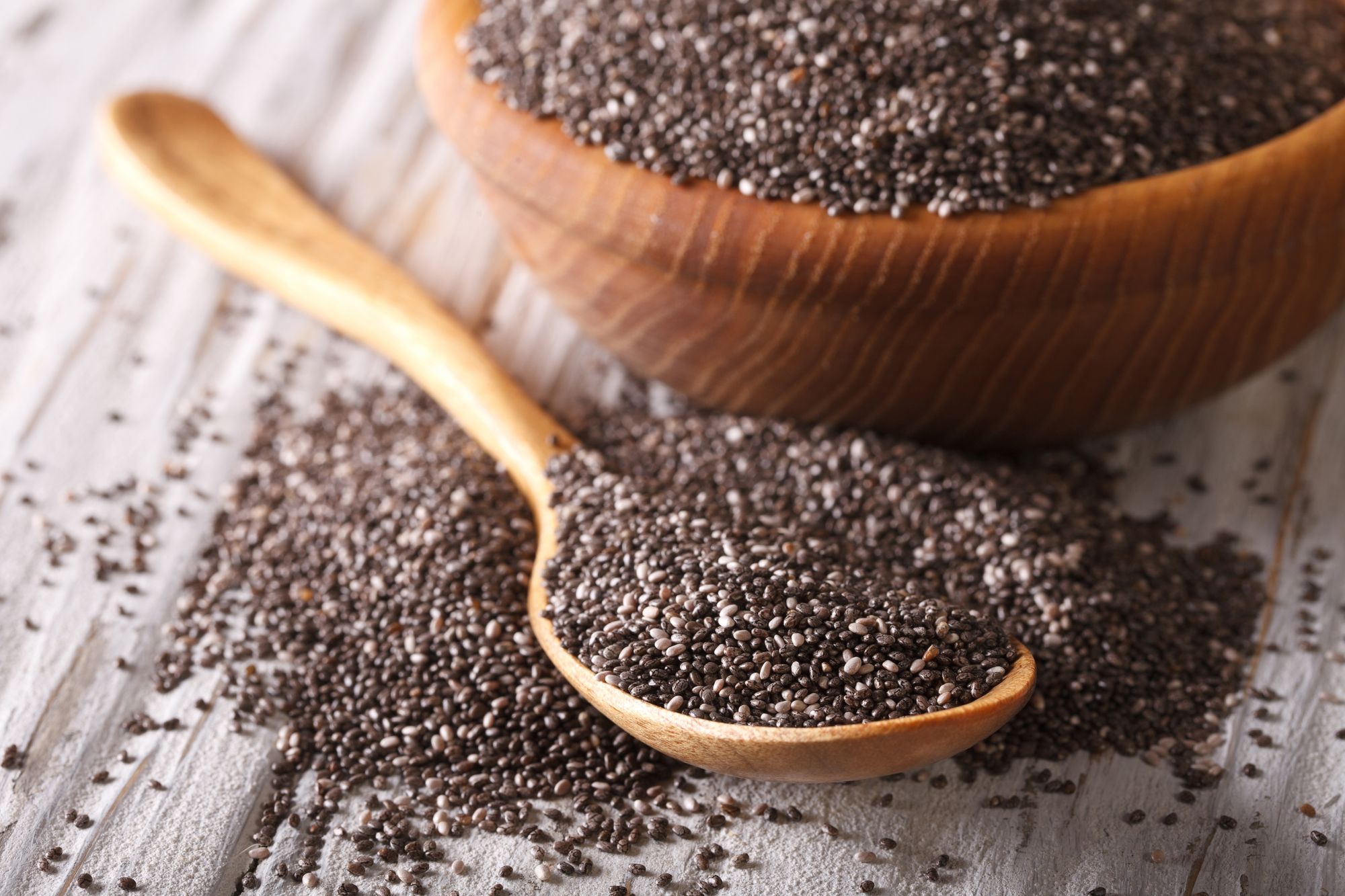
Chia seeds share similarities with flaxseeds in that they are rich in omega-3 fatty acids and fiber. These versatile seeds can be effortlessly integrated into your meals. Many choose to enjoy them as chia pudding or as a delightful homemade raspberry chia jam, elevating both taste and satiety.
8) Raspberries:
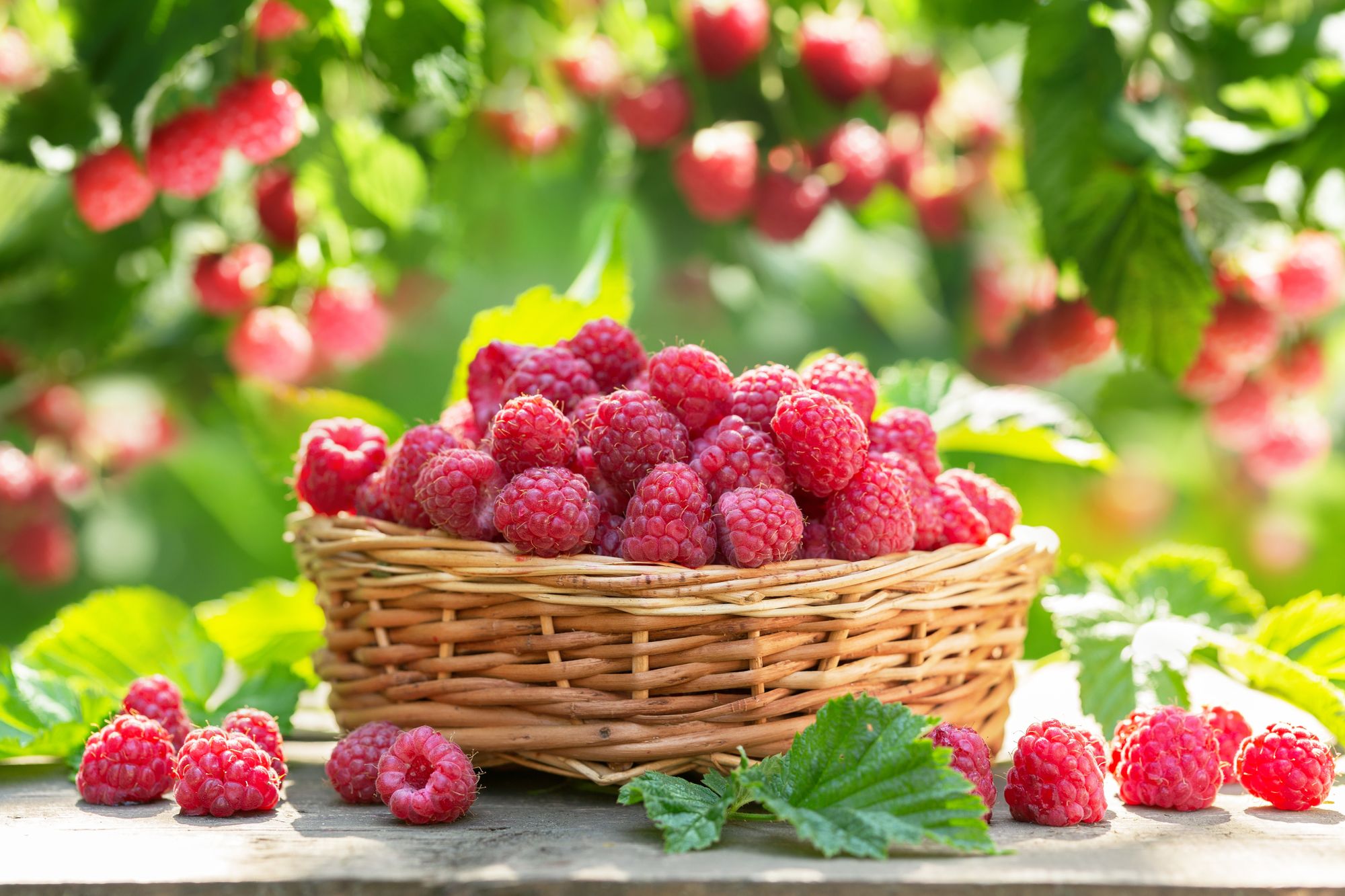
If you're looking to incorporate fiber through fruits, raspberries should be on your grocery list. They rank among the highest-fiber fruits, boasting an impressive 8 grams of fiber per 1-cup serving. This surpasses the fiber content of blueberries, red grapes, plums, and peaches, making raspberries an excellent choice for those seeking sustained fullness.
9) Apples:

Apples are renowned for their fiber content, making them a go-to recommendation by nutrition experts for promoting satiety. With 2.1 grams of fiber per 100 grams, according to the USDA, apples offer a filling choice. To put this into context, it's significantly higher than the fiber content of red grapes (0.91 grams), plums (1.4 grams), and peaches (1.5 grams) per 100 grams.
10) Lentils:
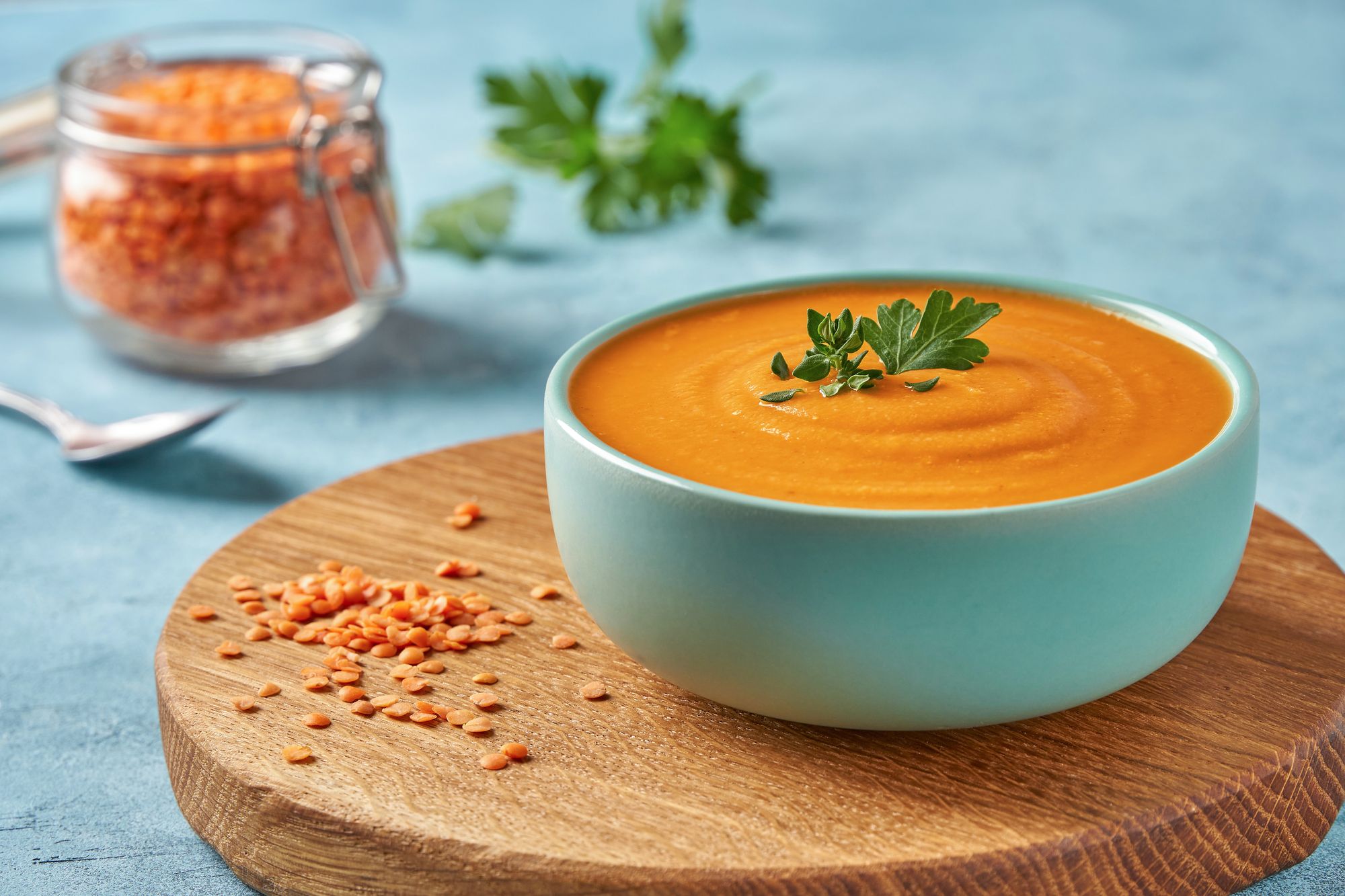
Lentils, often hailed as a superfood, are packed with fiber. In just one cup of lentils, you'll find a remarkable 15 grams of fiber, constituting 50% of your daily recommended intake. Lentils are also a rich source of plant-based protein, making them a double threat in terms of satiety.
11) Chickpeas:
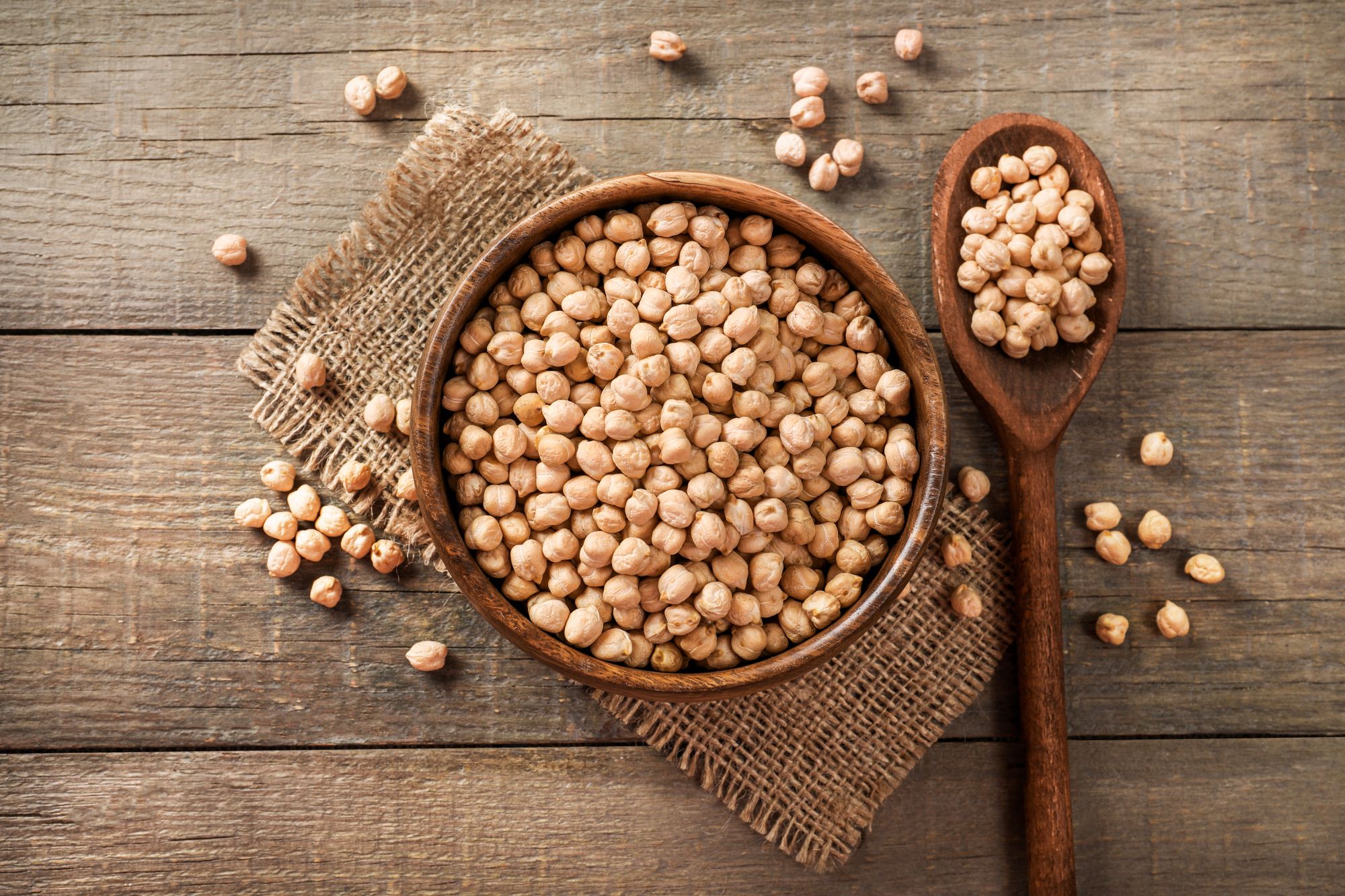
Chickpeas, also known as garbanzo beans, boast an impressive nutrient profile. They provide protein, folate, iron, phosphorus, as well as polyunsaturated and monounsaturated fatty acids. Moreover, chickpeas are a rich source of fiber, with 8 grams of fiber per 1/2 can. As a legume, they also offer a substantial dose of plant-based protein.

